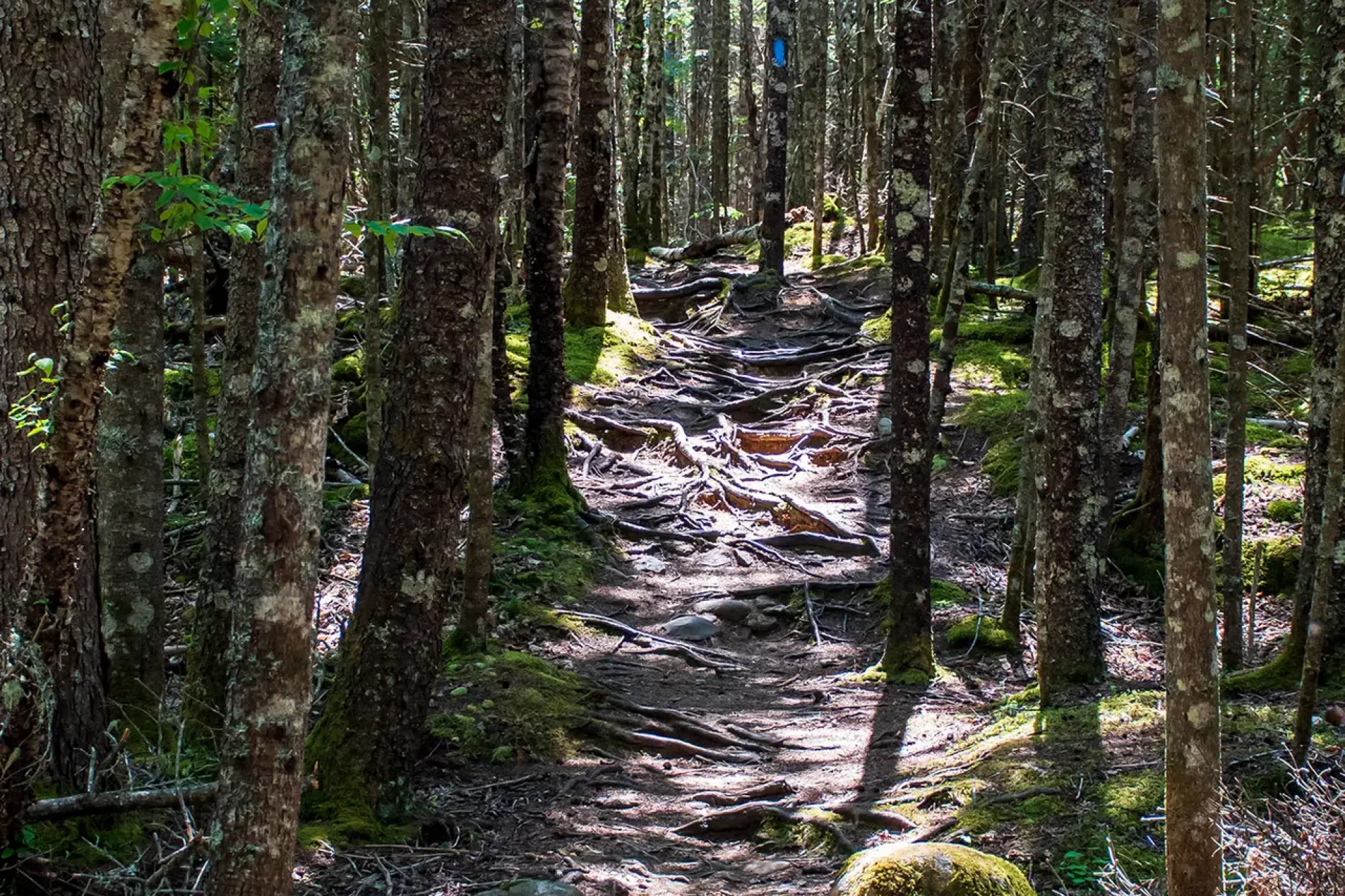
There’s something about hiking solo that is hard to replicate. The quiet feels different. The trail feels like it belongs to you alone. Every rustle in the trees or snap of a twig underfoot gets your attention in a way it doesn’t when you have someone walking beside you. There’s a sharper edge to your awareness. Part of it is the solitude, part of it is that deep-down sense that you’re on your own out there. The upside is you get to move at your own pace without compromise. No waiting for someone to catch up. No being pulled along faster than you want to go. The downside is obvious. If you misstep and twist an ankle, there’s no one to hand you a walking stick or go for help. And if you bump into Sasquatch, there’s no friend to use as bait while you make your getaway, which is why, in certain situations, company has its perks.
Hiking alone gives you more control over the experience. You decide when to start, where to stop, and how long you stay in one spot. You can linger at a scenic overlook for an hour or pass it by without guilt. You can take twenty minutes to photograph a patch of moss if it catches your eye. No one’s schedule matters but your own. That kind of freedom is addictive once you’ve had it. The soundscape is yours too. The wind through the trees, the crunch of your boots on dirt, the calls of birds you can’t quite name. You hear more without the overlay of conversation.
When you hike with a friend, everything shifts. The quiet is replaced by the rhythm of talking, or the kind of silence that comes from simply being near another person. The miles can go by faster because your focus is on the back-and-forth instead of the clock. There’s a different energy in shared movement. Some days, that energy is exactly what you need. Other days, you might find yourself wanting to shove a granola bar into their mouth just to get a few minutes of peace.
There’s also the safety factor. Two people have twice the set of eyes and twice the set of hands. If you miss a trail marker and take a wrong turn, there’s someone else there to help figure it out. If one of you gets hurt, the other can go for help. Even just knowing you’re not alone can make a big difference when the trail throws something unexpected your way. It doesn’t make you invincible, but it does stack the odds a little more in your favor.
The trade-off with company is flexibility. You’re not just hiking for yourself anymore. You need to agree on where to go, how far to travel, and when to call it a day. If your hiking styles match, it’s great. If one of you likes to push hard and the other likes to stroll, it can lead to frustration. That’s why choosing your hiking partners wisely matters. A mismatch in pace can wear you down faster than the trail itself.
Then again, hiking with someone can mean seeing things you’d miss on your own. They might spot a bird you would have walked right past, or point out a side trail that leads to an even better view. Conversations can spark memories or ideas you wouldn’t have had alone. And when the hike is over, you have someone to swap stories with who was actually there. That’s worth something.
Solo hiking forces you to rely on yourself. It’s a test of preparation and self-awareness. You carry what you need, make your own calls, and handle whatever happens. It can be a confidence builder, and it can also be humbling. Hiking with a friend is more about shared experience and teamwork. It can feel lighter, even if the miles are harder.
In the end, it isn’t about choosing one over the other forever. There are days when I want the solitude of my own footsteps and the space to think without interruption. And there are days when the trail feels better with someone else walking it with me, even if part of me is still calculating whether they run slower than I do in case of Sasquatch.
Both are worth doing. The key is knowing what you want from the day before you lace up your boots.
Follow along if you want more stories from the trail and the flame. Stay curious. Stay kind. And if you can, get out and walk. Even if it’s just to the end of the driveway.
—Kevin